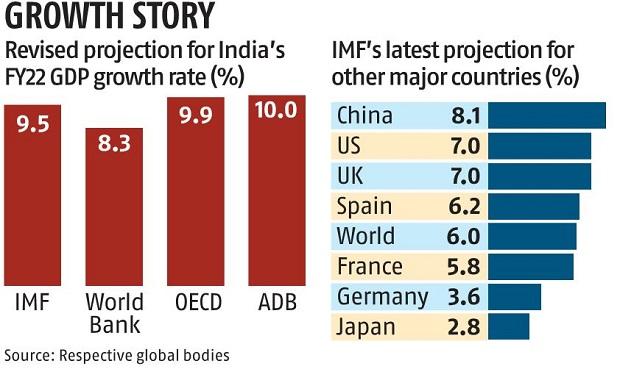7667766266
enquiry@shankarias.in
Why in news?
The recent edition of World Economic Outlook (half yearly report) has been published by International Monetary Fund (IMF).

References